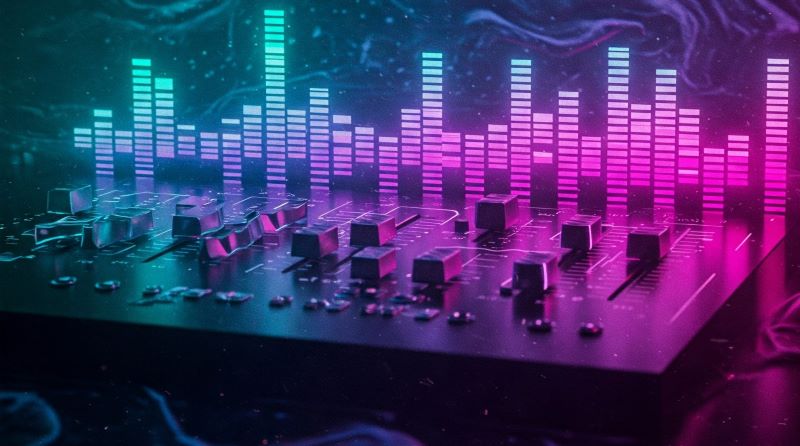About 90s Mixed

90s Mixed is an online internet radio station that streams all the biggest and best Top 40 Hits from 1990 – 1999, extended and remixed to make you dance. Our rotation includes some of the most notable names in the music industry throughout the 1990s. 90s Mixed features popular genres such as:
- Dance – Music intended for dancing to in clubs, typically having a repetitive beat and a synthesized backing track that features sound samples.
- Techno – A genre of electronic dance music which is generally produced for use in a continuous DJ set, with tempos being in the range from 120 to 150 BPM.
- Club – Also known as electronic dance music (EDM), Club music is a broad category of electronic music that’s designed for dancing in nightclubs, raves, and festivals.
- Hip-Hop – A genre of popular music that is characterized by stylized rhythmic sounds—often built around disco grooves, electronic drum beats, and rapping.
- House – A type of electronic dance music (EDM) with a heavy, repetitive beat and a tempo of around 120 beats per minute.
- R&B – A genre of music that originated in the 1940s that encompasses many musical styles, including blues, jazz, gospel, and boogie-woogie.
Ad
History Of Remixes

The history of the remix is a long and fascinating one, with roots in various musical genres and cultural movements. Here’s a brief overview:
Early Days
The concept of reinterpreting existing music can be traced back to the 1960s and 70s with Jamaican dub music. Artists like King Tubby and Lee “Scratch” Perry experimented with deconstructing reggae tracks, emphasizing the rhythm section and adding effects like echo and reverb. This laid the foundation for much of what we consider remixing today.
The Rise of Disco and Hip-Hop
In the 1970s, disco DJs like Tom Moulton began creating extended versions of songs to keep dancers on the floor for longer. This involved splicing tape and looping sections of tracks, a technique that would become crucial in remixing. Around the same time, hip-hop emerged in New York City, with DJs like Kool Herc using breaks from records to create rhythmic loops for MCs to rap over. This practice of sampling and looping would become a cornerstone of hip-hop and electronic music.
Ad
The Digital Revolution
The advent of digital sampling technology in the 1980s and 90s revolutionized remixing. Producers could now easily sample and manipulate audio from various sources, creating complex and layered tracks. This led to the rise of genres like house and techno, which heavily relied on sampling and remixing techniques.
The Remix Today
Today, remixing is a ubiquitous part of music culture. It’s used in countless genres, from pop and electronic music to hip-hop and R&B. Remixes can range from simple edits to complete reinterpretations of a song, often giving it a new context or feel. The internet has also played a major role in the spread of remix culture, with platforms like SoundCloud and YouTube hosting countless remixes and mashups.
The history of the remix is a testament to the creativity and ingenuity of musicians and producers. By reinterpreting and reimagining existing music, they have pushed the boundaries of what’s possible and created countless new and exciting works of art.
Search 90s Mixed

About The DJ
Bob Thomas
Grew up on the outskirts of Philadelphia, P.A., during the 1990s, enjoying Top 40 stations like Q102 that would play remixes on Friday and Saturday nights. Always wanted to run a radio station like that. So here we are...
No copyright infringement intended. This Site and the Station are for promotional and entertainment purposes ONLY.
